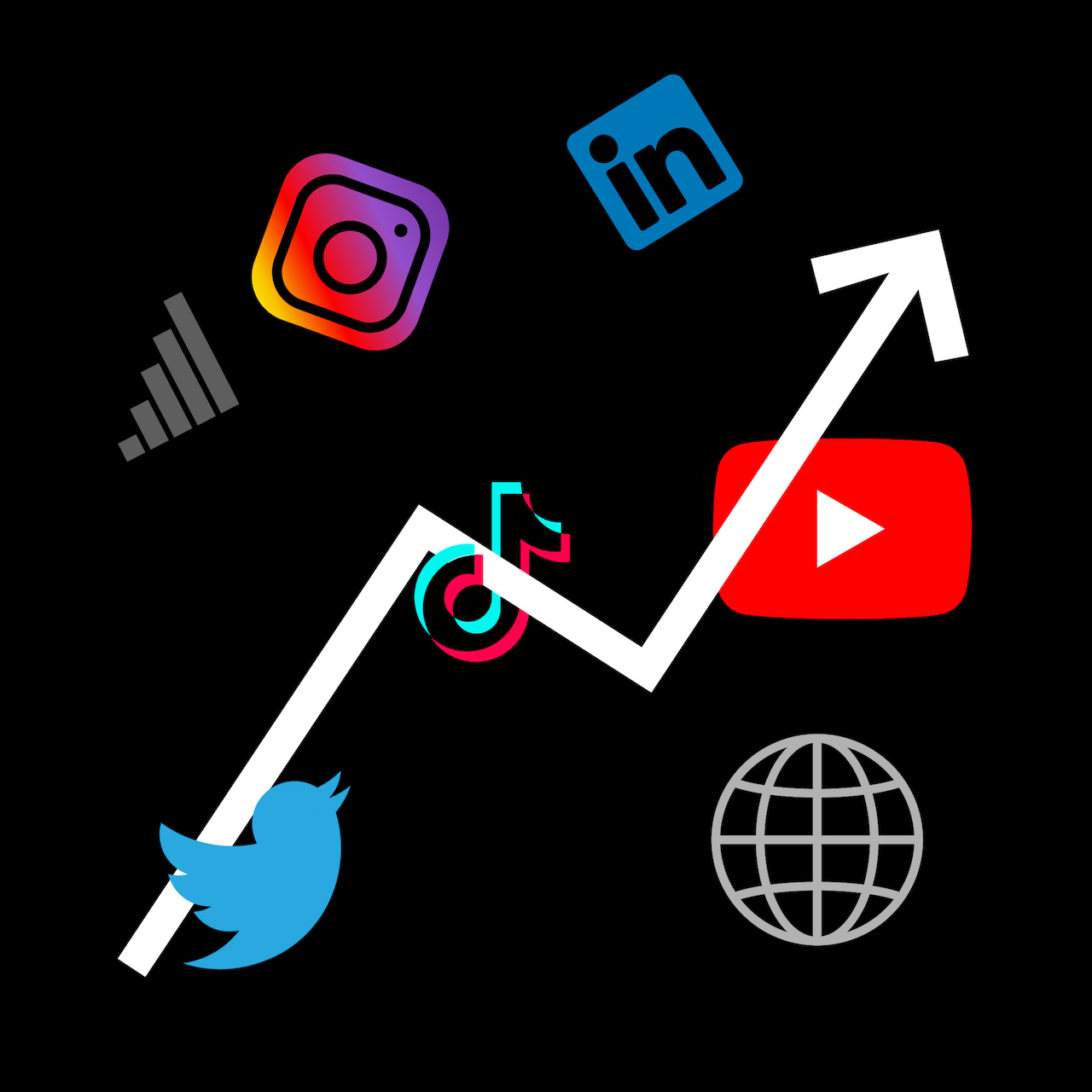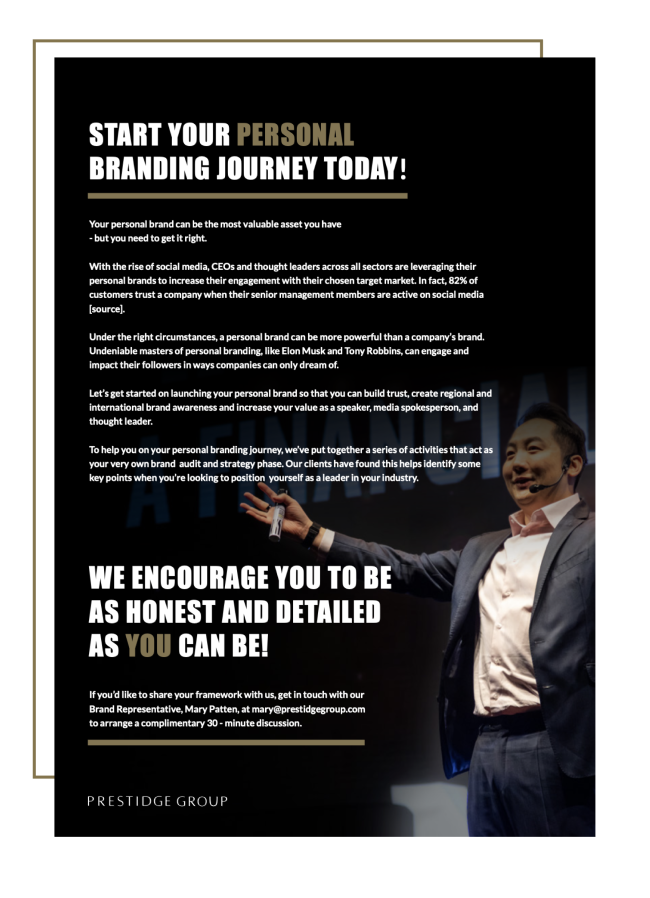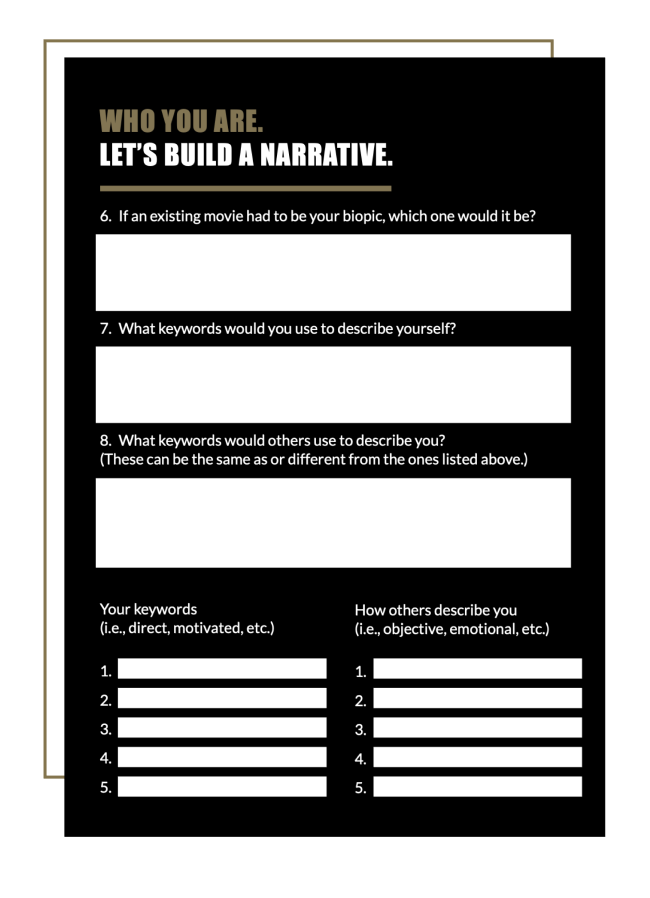Everyday, as an executive, you turn to LinkedIn to connect with people in your industries or to keep up with developments in the professional realm. To increase your visibility and build a strong personal brand, you comment or post once in a while.
Now, picture this. You write a post, put it on a social media channel of your choice, and 24 hours later, you receive minimal or no engagement.
The post is well-crafted, easy to digest and holds a clear message, so you know it’s not at fault.
Then again, your credibility is not at fault either. After all, you are a respected executive and have valuable insights that appeal to a wide audience.
So just what is the problem?
Define your readership
Defining one’s audience is an essential aspect of effective communication, and successful engagement as executives helps build authentic personal brands. It involves understanding the characteristics, needs, and preferences of the people you are trying to reach with your message, whether it be through writing, speaking, or any other form of communication.
- Start by considering demographic factors such as age, gender, location, and socioeconomic background. These details can help you tailor your message to resonate with specific groups or individuals. For example, a message aimed at teenagers will differ significantly from one aimed at retirees.
- Take into account psychographic factors. These include interests, values, beliefs, and lifestyle choices. This allows you to connect on a deeper level and craft content that aligns with their perspectives and aspirations.
- Consider the level of familiarity your audience has with the subject matter. Are they beginners, experts, or somewhere in between? This knowledge helps you strike the right balance between simplicity and complexity in your communication, ensuring your message is neither too basic nor too technical for your intended audience.
- Consider the preferred communication channels of your audience. Are they active on social media, avid readers, or more receptive to visual content? Understanding their preferred platforms and mediums helps you reach them effectively, whether it’s through blog posts, videos, podcasts, or social media campaigns.
- Actively seek feedback, engage in conversations, and monitor metrics to gain insights into the responses you receive. This iterative process allows you to adjust your approach, tailor your message, and continually improve your communication efforts.
So why is audience definition so important? Here are a few key reasons:
- Targeted Communication: A targeted approach increases the likelihood of capturing their attention, fostering engagement, and ultimately achieving your communication goals.
- Efficient Resource Allocation: Instead of trying to appeal to everyone, you can focus your efforts and resources on the individuals or groups who are most likely to be interested in your message.
- Personalized Engagement: Having gained insights into the needs of your audience, their challenges, and aspirations, you can engage with them on a more personal level, addressing their specific concerns and offering tailored solutions.
- Improved Content Relevance: You only share content that is relevant and valuable to your audience thus increasing the chances of resonating with them and encouraging meaningful interactions.
- Data-Driven Decision Making: You have insights into what content resonates the most, which platforms yield the best results, and how to optimize your social media strategy, therefore enhancing your overall effectiveness.
Once you have defined your audience, it’s important to use this information to create content and messaging that speaks directly to them. Here are a few tips for tailoring your messaging to your audience:
- Use language that resonates: Use language that speaks to your audience’s interests and values. Avoid using technical jargon or industry-specific terms that may be unfamiliar to them.
- Focus on benefits: Instead of focusing solely on features, highlight the benefits of your product, service, or cause. Explain how it can solve a problem or make their lives better.
- Use visuals: Use visuals such as images and videos to communicate your message. Visuals can be more effective than text alone in capturing your audience’s attention and conveying your message.
- Be authentic: Be genuine and authentic in your messaging. Avoid using tactics such as fear-mongering or hype that can damage trust and credibility.
How do you build a loyal audience on social media?
Building a loyal audience on social media takes time, dedication, and a deep understanding of your audience. By consistently providing value, fostering engagement, and nurturing authentic connections, you can cultivate a dedicated following that actively supports and advocates for your brand.
- Create a consistent posting schedule to manage expectations and maintain audience engagement.
- Engage with your audience through comment responses, post likes, direct messages, and participation in their newsletters. This demonstrates attentiveness and gratitude, making them feel valued and acknowledged.
- Incorporate storytelling techniques to create narratives that resonate with your audience emotionally. Visuals and compelling stories enhance the impact and shareability of your content.
- Provide valuable content to your audience by sharing educational, inspiring, or entertaining material that offers practical key insights or lessons.
- Be responsive and accessible, making it easy for your audience to reach out to you. Make sure to respond to messages, comments, and inquiries.
- Stay up-to-date with trends and developments in your industry or niche. This demonstrates your expertise and positions you as a reliable source of information in your field.
- Be you. Authenticity is key.
Building a loyal audience on social media takes time, dedication, and a deep understanding of your targeted audience.
It will take time to understand and build a following, but once you are consistent, all else will fall into place. The best route, however, is to talk to an executive branding strategist to help build your profile and elevate your position in the industry.






